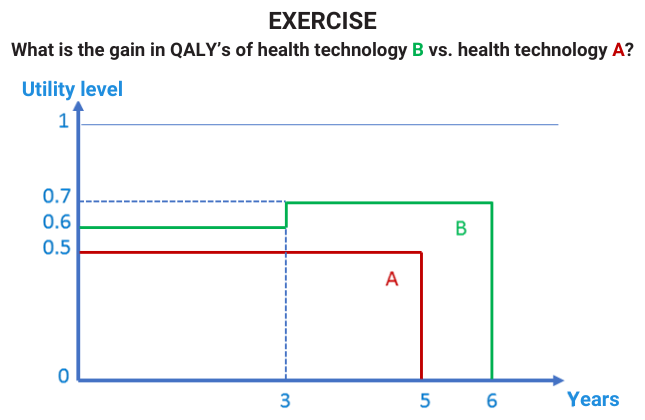By Prof. Dr Lieven Annemans, expert trainer of the courses
Health Economics for Non-Health-Economists, Basics of Health Economics, and Critical New HTA Developments in Europe: Challenges & Solutions
The QALY (= Quality Adjusted Life Year) is a commonly used measure in health economic evaluations that should be well understood across functions in pharma … but we notice in our courses that many executives actually do not fully grasp it (unless they followed one of Lieven's courses).
The QALY combines quality of life (measured by a utility level between 0 and 1) and quantity of life (measured in years) into a single measure. It is used to measure improvements in health for any pharmaceutical or other health technology and can be used to compare the value delivered by, say, a new asthma drug with the value from, say, a new cancer drug. All executives in functions dealing with external stakeholders should master it because payers use it to allocate healthcare resources within tight healthcare budgets.
To test yourself, answer the following exercise:

The QALY can be calculated using the following formula which assumes a utility value (quality of life) between 1 = perfect health and 0 = death:
Years of Life x Utility Value = #QALYs
In the exercise, the gain in QALYs with medicine B over medicine A is calculated from the difference between the two surfaces in the graph:
QALYs with medicine A = 5 x 0.5 = 2.5 QALYs
QALYs with medicine B = (6 x 0.7) - (3 x 0.1) = 3.9 QALYs
The difference is 1.4 QALYs


